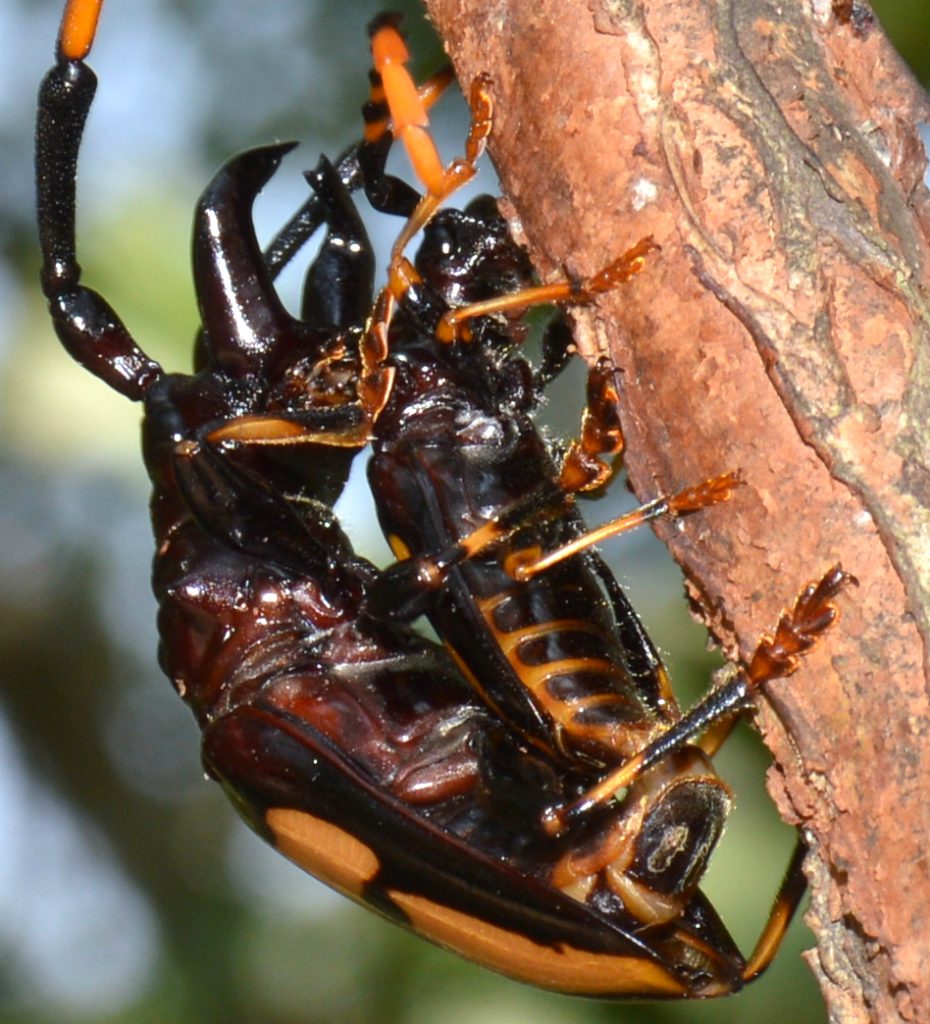Why animals might drink
Contents
Almost all animals have predators that have exerted significant selection pressures on them. If an animal’s behavior is important for avoiding, evading, or fighting any of these predators, anything causing drunken behavior would increase the chance of capture and therefore should be selected against by natural selection.
Nevertheless, sexual selection has resulted in the evolution of a long list of characters like long colorful tails or elaborate mating displays that almost certainly increase the likelihood of predation. Is it possible that drunken behavior could be included in this list of sexually-selected characters? Could the costs of getting drunk be offset by increased mating success? Ecologist Jared Diamond has suggested this very thing for our own species.[26] He argues that the near universal propensity for alcohol and drug abuse in humans may be a sexually-selected trait. How? Imagine two males drinking to complete inebriation during an evening outing. One awakens the next day as if nothing had happened and returns to the same bar the next night while the other remains bedbound. Presumably a female who is assessing the quality of potential mates could make use of such information — even if unconsciously — to determine a male’s general condition (the result of his genes and environment). Males opting out of this “test” might be automatically eliminated from consideration by the highest quality females who might be expected to both seek the highest quality male possible and be willing to compete for his attention. Whether or not Diamond’s proposed role for alcohol in human sexual selection is shown to be true or not, I don’t think it’s totally unimaginable that this sort of thing might exist somewhere out there in the animal kingdom.
While big jaws probably had more to do with it than drunkenness, liaisons between members of the same species definitely took place at this gathering of insects.
A final possibility, I suppose, is that some animals could be attracted to alcohol sources to self-medicate.
Anyway, despite the more interesting possibilities I suspect that most animals don’t come to fermenting things to get drunk and that getting drunk is accidental and costly. Instead, the attraction is much more basic with an additional small twist. Like most animals, insects can’t manufacture essential amino acids and B vitamins and have to obtain these from their diet.[27] Fermenting yeasts and associated micro-organisms when available are excellent sources of these essential nutrients.[28]
The small twist is that the sweet yeasty smell mentioned earlier in association with alcoholic flux is not just an incidental result of fermentation. A recent study shows that yeast almost certainly produce this odor to attract insects that then disperse the yeast to new sites.[29] By the way, this same study suggests that this symbiotic relationship almost certainly predates the origin of flowering plants and that flowering plants may have “tapped” into this system by using some of the same chemicals to attract pollinating insects to their flowers. So it turns out that the “bouquet” of your favorite alcoholic beverage and the “bouquet” of flowers at your table share a little more in common than simply the same spelling and pronunciation!

